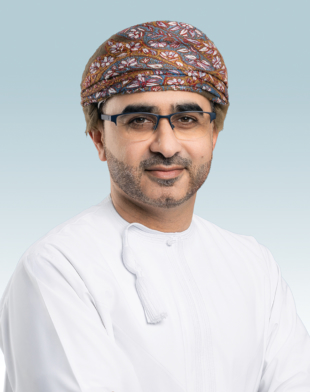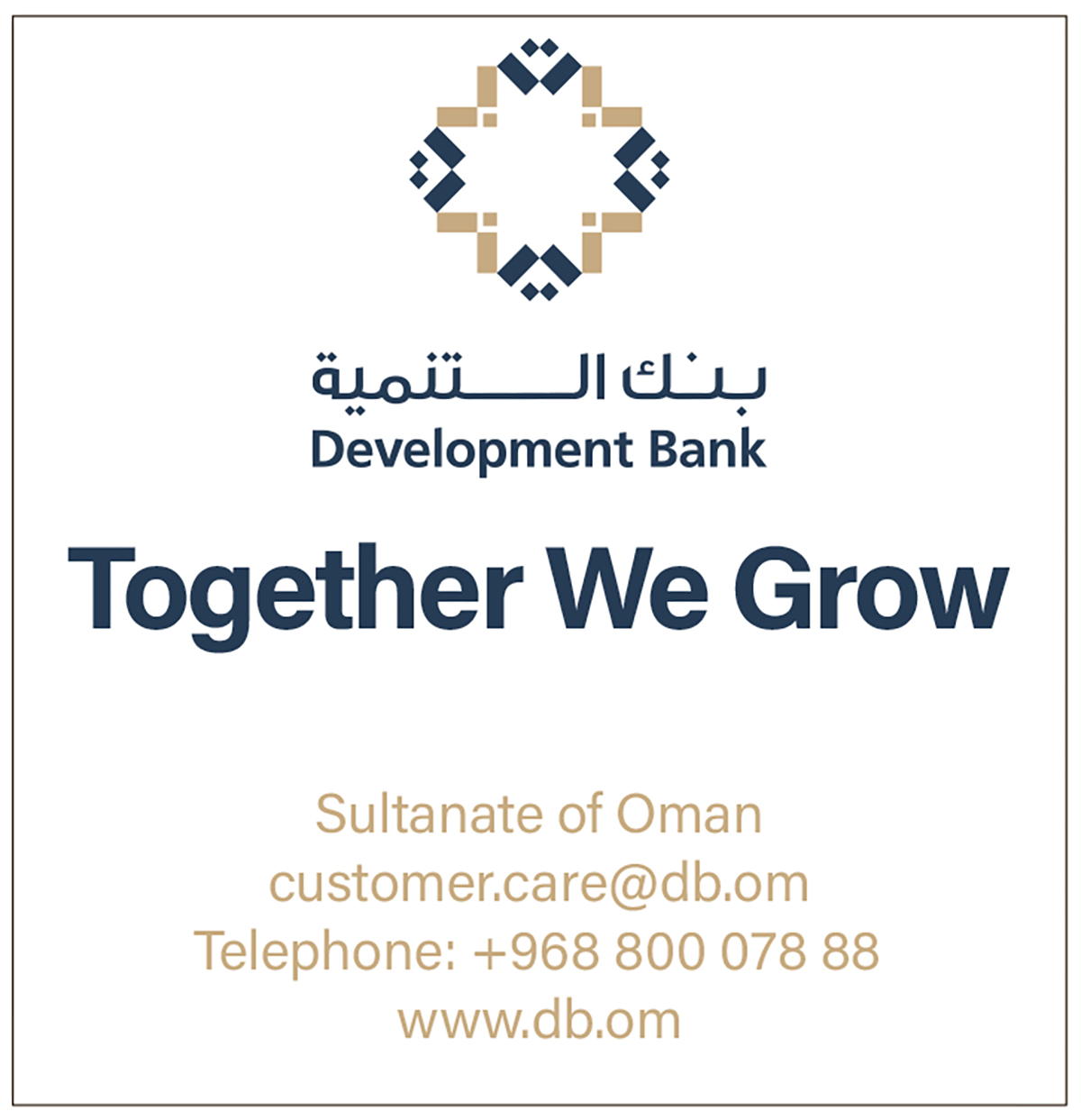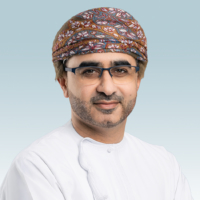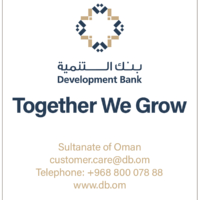Founded in 1976 and initially focused on small-ticket transactions for micro and small businesses, Oman’s Development Bank has grown substantially over the past four decades and now plays a major role in the development of the country.
Financing key sectors such as industry, agriculture, education and tourism, the bank is advancing the sultanate’s long-term economic goals and supporting its diversification efforts. This is achieved through both short- and long-term development loans, as well as financing programs that include fixed assets and working capital financing.
“Our mandate has expanded significantly and we are now a robust bank that is involved in major infrastructure development projects including airports, hotels and railways,” said Hussain al Lawati, CEO of the Development Bank.

“As our liquidity is lower than commercial banks, we play an important role in financing supply chains for large projects rather than funding them solely. To meet this growing demand, our capital has been increased from $260 million to $1.3 billion.
“As for our role in helping achieve the goals and ambitions of Oman Vision 2040, this is something that the bank is proud to be entrusted with. Essentially, what we do is bridge the gross domestic product contribution gap through our support of priority sectors, which are renewables, manufacturing, logistics, tourism, mining, agriculture and fisheries.
“With a bigger appetite for risk than commercial banks who traditionally are involved in areas such as contracting and trading, we are in areas where financing is harder to come by. Involved in the early stages of projects, we provide funding until they mature, at which point we transition them to commercial banks,” al Lawati said.
Over time, the Development Bank has been able to adjust its lending strategy and identify the projects with the most potential. This led to the bank last year approving 7,398 loans across various sectors and governorates, worth a total of $610 million.
One of the priority areas that received significant backing was the industrial sector, which accounted for 18% of the loans. A total of 1,318 industrial projects worth $236 million were granted in 2024, demonstrating the bank’s determination to support the government’s desire to strengthen national industries.
“Last year, we fine-tuned our lending strategy, defining it around five key pillars: job creation, self-sufficiency, food security, regional development and technology,” al Lawati said.
“While creditworthiness is, of course, important, our priority is a project’s economic impact, so an A-grade company may not always be our top choice for lending.
“To ensure we make the right choices and align with our goals in this, we worked with S&P Global Ratings to develop a tool that evaluates both credit strength and development impact. At the end of the day, the final score from this assessment is what ultimately determines our lending decisions,” he said.
The Development Bank also takes a proactive approach when it comes to supporting companies and works tirelessly to identify those that are playing a crucial role in the development of Oman’s economy.
“We actively seek and support projects rather than waiting for them to come to us, especially in sectors like manufacturing, where, for example, upgrading to advanced technology can cut production time by 50%, reduce waste by up to 20%, and improve product quality,” al Lawati said.
“Another particular area of interest for us at the moment is fintech, as these new companies will help provide financial support to sectors that we may not be able to access on our own. Our involvement with them is a win all around.”
https://info.japantimes.co.jp/international-reports/pdf/20250625B-GI_Oman.pdf
https://global-insight.net/





